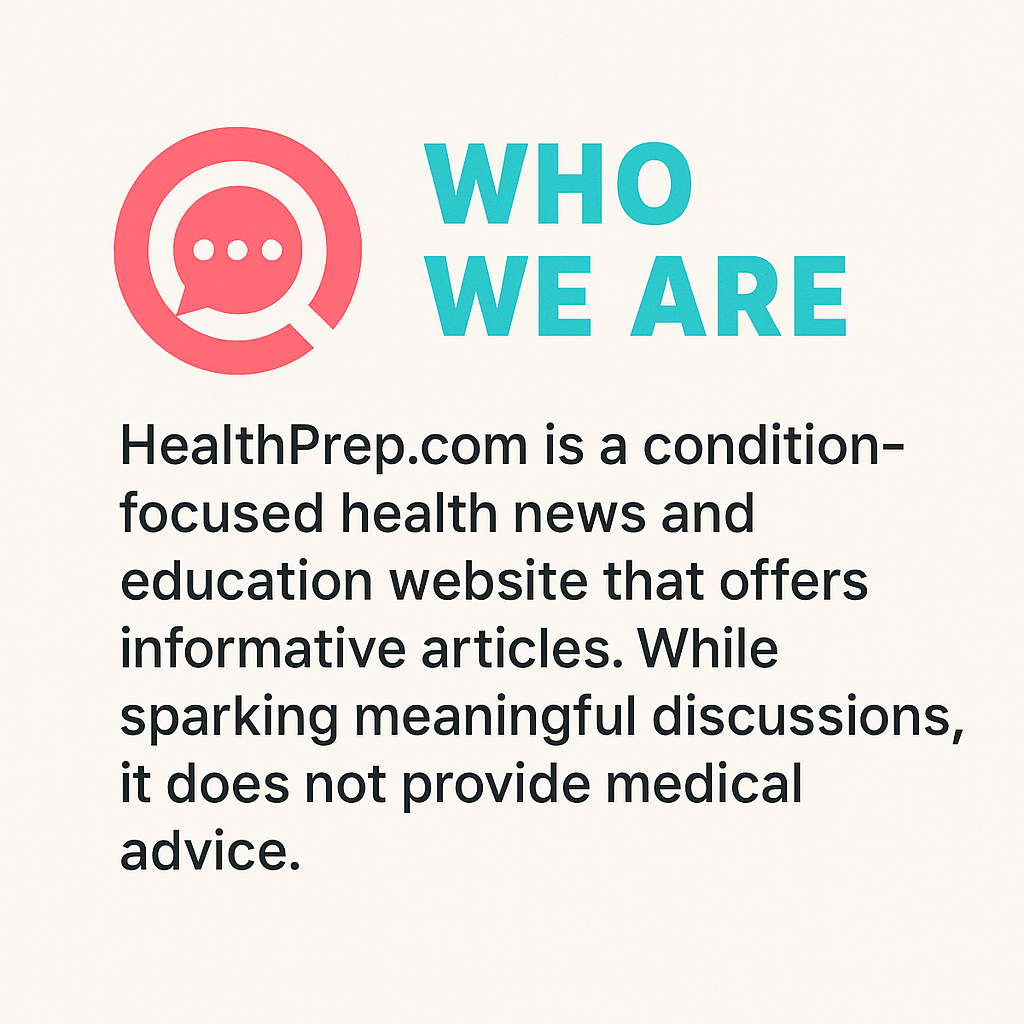Pulse-Racing Facts That Will Pump Up Your Knowledge About Blood Pressure
Think you know your blood pressure? Think again. This silent force flows through your body every second of the day—and when it’s too high, it can quietly wreak havoc on your health. Much like overinflating a tire, too much pressure inside your arteries can lead to serious damage over time. In fact, nearly 1 in 3 adults in the U.S. has high blood pressure, and many don’t even know it until a routine check-up reveals the risk. Whether you're over 55, inactive, a smoker, dealing with stress, or simply have a family history of heart disease or diabetes, your chances of developing high blood pressure are higher than you might think. That’s why we’ve expanded our guide to 21 must-know facts about your blood pressure—because understanding it better could help you live longer, healthier, and stronger.
1. What Do The Numbers Mean?
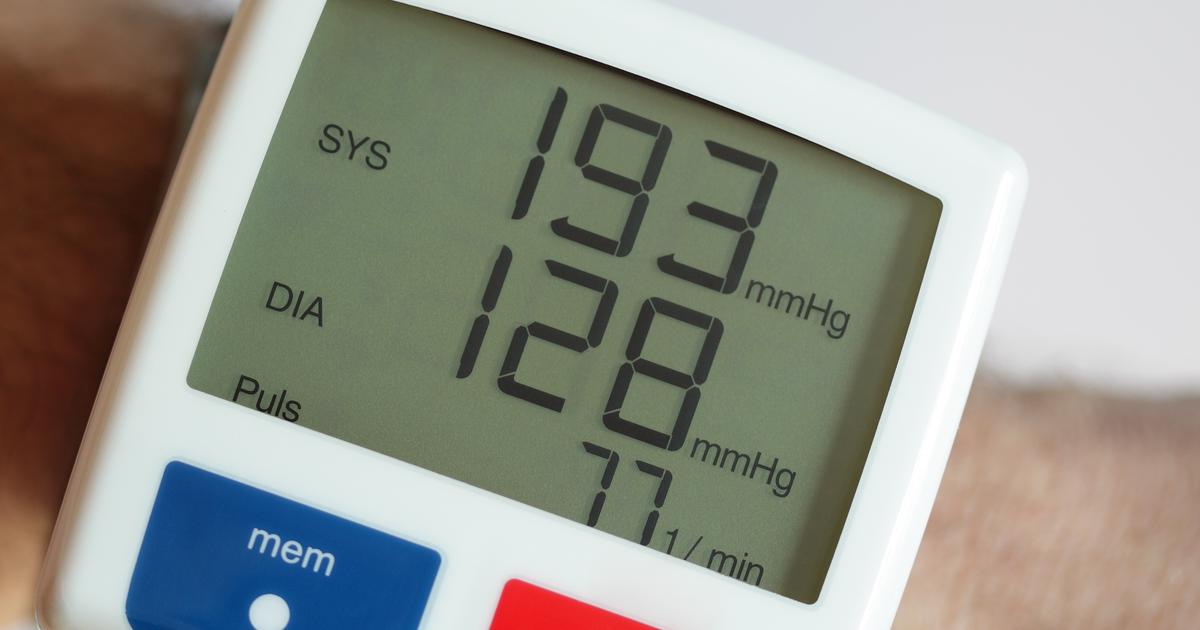
An individual's blood pressure is measured and then expressed in the form of a fraction with two different numbers. The number on the top of the blood pressure reading is an individual's systolic blood pressure, and the number on the bottom of the reading is their diastolic blood pressure. The systolic pressure reading is used to measure the force of blood moving through the arteries when the individual's heart is making a contraction. The diastolic pressure reading is utilized to measure the force of the blood against the blood vessel walls when the heart is in between heartbeats. When determining the state of an individual's heart health, both diastolic and systolic blood pressure readings are important indicators. When an individual's heart is not working hard enough to pump blood around to the rest of their body, their blood pressure readings will be lower than normal. When the individual's heart is working too hard to pump blood around their body, their blood pressure readings higher than normal.
2. Range Of Healthy And Unhealthy Readings
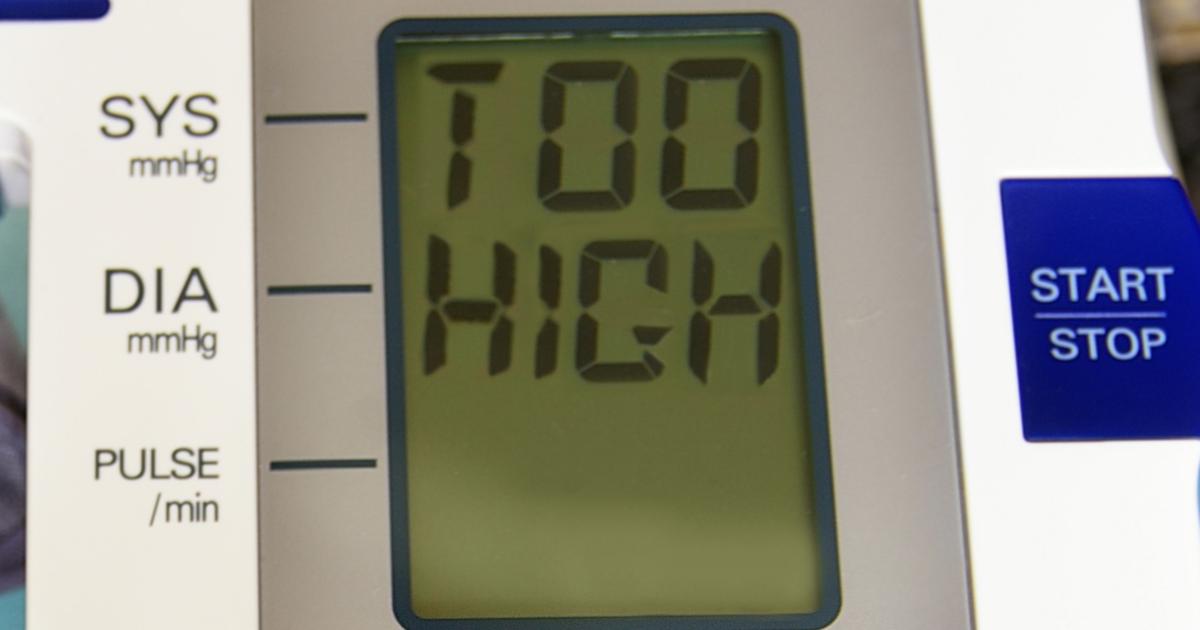
In order for an individual's blood pressure reading to be considered healthy, the measurement should show a systolic measurement greater than 90 but under 120 mmHg (millimeters of mercury). The diastolic blood pressure should show a value that is above 60 but under 80 mmHg. An individual who has a healthy blood pressure reading has both numbers within these specified ranges, according to the American Heart Association. A healthy blood pressure reading is any reading between 90/60 mmHg and 120/80 mmHg. When an individual has a diastolic pressure reading of above 80 mmHg and a systolic reading of above 120 mmHg, it is considered an unhealthy reading. Just as a slightly high blood pressure reading is considered unhealthy, a blood pressure reading that is slightly lower than normal is also considered unhealthy. An individual's blood pressure should not drop below 90/60.
3. Categories Of Blood Pressure
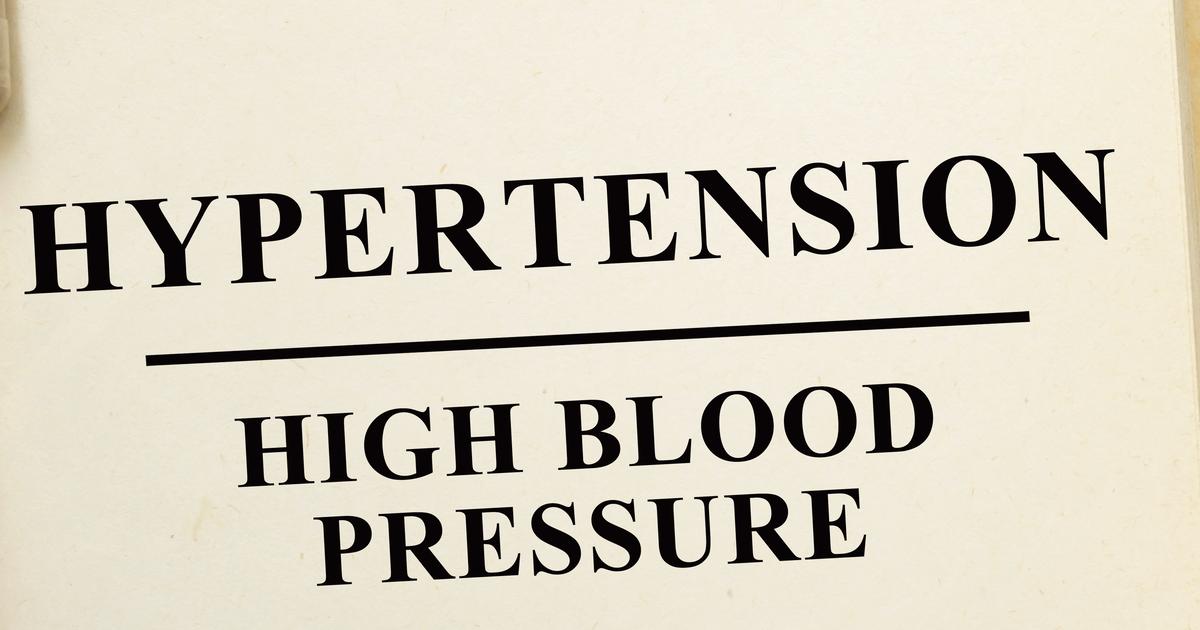
When an individual is diagnosed with high blood pressure, they are categorized into a stage of hypertension. Stages are not determined based on one single blood pressure reading but by an average of blood pressure readings over time. Stage 1 hypertension is diagnosed when an individual's diastolic blood pressure reading is between 80 and 89 mmHg, and their systolic blood pressure reading is between 130 and 139 mmHg. When an individual's systolic blood pressure reading exceeds 140 mmHg and their diastolic blood pressure reading exceeds 90 mmHg, they have Stage 2 hypertension. Medications are usually recommended for individuals diagnosed with Stage 2 hypertension. When an individual's systolic blood pressure reading exceeds 180 mmHg and their diastolic blood pressure reading exceeds 120 mmHg, they are in the danger zone, also called a hypertensive crisis. Even with no symptoms, an individual who is in a hypertensive crisis requires urgent medical treatment. Symptoms of a hypertensive crisis include chest pain, visual changes, hematuria, dizziness, headache, loss of muscle control in the face, and paralysis.
4. Risks Of Unhealthy Blood Pressure Readings

High blood pressure is a silent killer that can cause extensive damage to the blood vessels for many years before symptoms manifest. Healthy arteries are elastic and flexible but are also strong. The inside of a healthy artery has a smooth texture to allow for blood to flow easily through it. An elevated and unhealthy blood pressure will cause extensive damage to the inside lining of the arteries. Fats and other lipids can penetrate the bloodstream because of this damage and accumulate inside of the arteries. These fats in the bloodstream combine with immune system components, which results in the formation of plaque. The blood vessel walls become hard, inflexible, and narrow, leaving less room for blood to flow. Another risk of unhealthy blood pressure is when the damage to the artery lining allows a section of the artery wall to become weak and bulge outward due to the constant pressure of blood. This bulge is referred to as an aneurysm, which has the potential to burst open and produce life-threatening internal bleeding. High blood pressure can cause the development of a thickened left ventricle in the heart, heart failure, coronary artery disease, transient ischemic attack, stroke, dementia, cognitive impairment, glomerulosclerosis, kidney failure, retinopathy, choroidopathy, optic neuropathy, and sexual dysfunction.
5. Maintaining Healthy Blood Pressure

There are several ways an individual can keep their average blood pressure levels healthy, depending on their circumstances. Maintaining healthy blood pressure may be easier for one individual than it is for another because everyone's body has slight variations in genetics and other factors that influence the stability of their blood pressure. One of the best ways an individual can maintain healthy blood pressure is by exercising regularly. When an individual exercises, their body releases a substance called nitric acid, which is a vasodilator and helps open up the blood vessels, effectively reducing an individual's blood pressure. Exercise also helps an individual with obtaining and maintaining a healthy body weight, which also decreases blood pressure. An individual can maintain healthy blood pressure levels by monitoring and limiting their intake of salty foods, sugary foods, fats, red meats, and processed foods. An individual who drinks alcohol heavily or uses tobacco products can help obtain and maintain healthy blood pressure by stopping the use of tobacco and limiting their consumption of alcohol. It is also helpful for an individual to find healthy ways to cope with and reduce stress.
6. Causes Of Hypotension
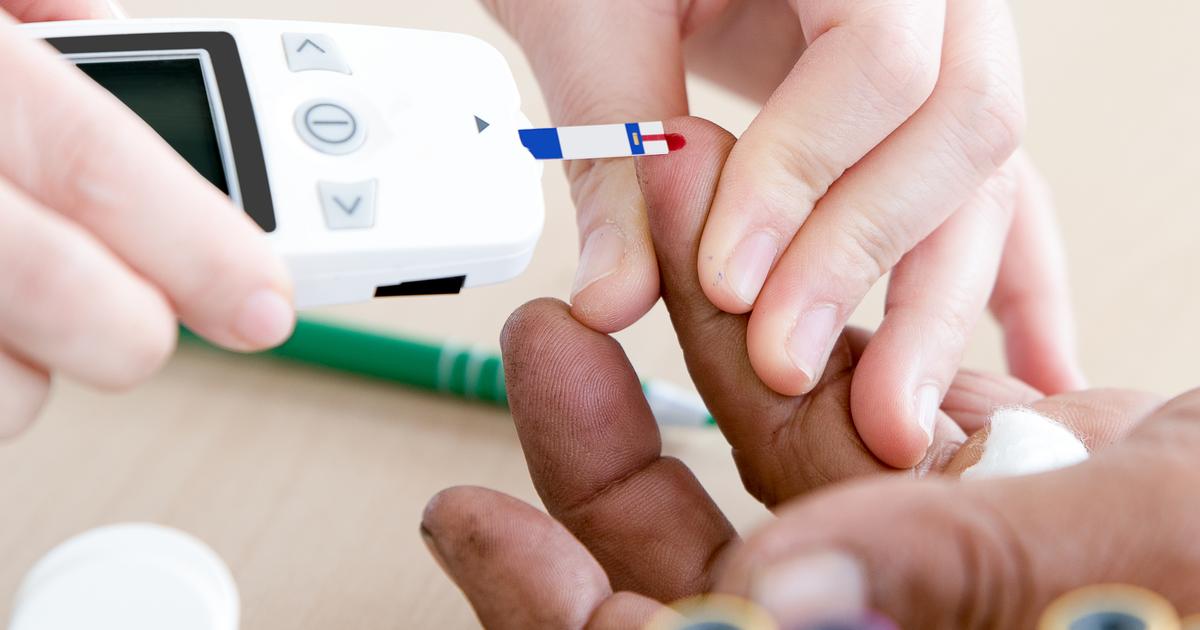
Hypotension describes when an individual has a blood pressure level of under 90/60. Occasional low blood pressure in a healthy individual is not a cause for concern, but frequent symptomatic episodes of hypotension can be indicative of another underlying health problem. Some common causes of hypotension include low blood sugar, pregnancy, diabetes, hypothyroidism, heart failure, heatstroke, liver disease, and arrhythmias. Postural hypotension or low blood pressure upon posture change can be caused by disorders of the central nervous system, cardiovascular disorders, nutritional diseases, and alcoholism. Severe dehydration or blood loss can cause individuals to experience a dramatic drop in blood pressure. A severe allergic reaction referred to as anaphylaxis and a severe blood infection called septicemia can produce hypotension.
7. Dangers Of Hypotension

Chronic hypotension can be dangerous in several ways. Symptoms that develop when blood pressure is too low can cause patients to lose consciousness because the brain tissues are not receiving enough blood to function properly. Hypotension produces symptoms such as dizziness, blurry vision, nausea, lightheadedness, lack of concentration, and syncope. All of these can be dangerous if an affected individual is operating heavy machinery, driving a vehicle, climbing stairs, riding a bike, or swimming, among many other activities. Individuals affected by chronic hypotension are at a greater risk of experiencing an injury to their head from falling from a standing position. Hypotension can cause the internal organs to be starved of oxygenated blood, which manifests as organ failure if it is left untreated. Hypotension can progress to shock in a patient who is not properly treated. Hypovolemic shock occurs when an individual experiences low blood pressure because they have lost over twenty percent of the fluid volume in their body due to severe diarrhea, blood loss, or dehydration.
8. Treating Low Blood Pressure
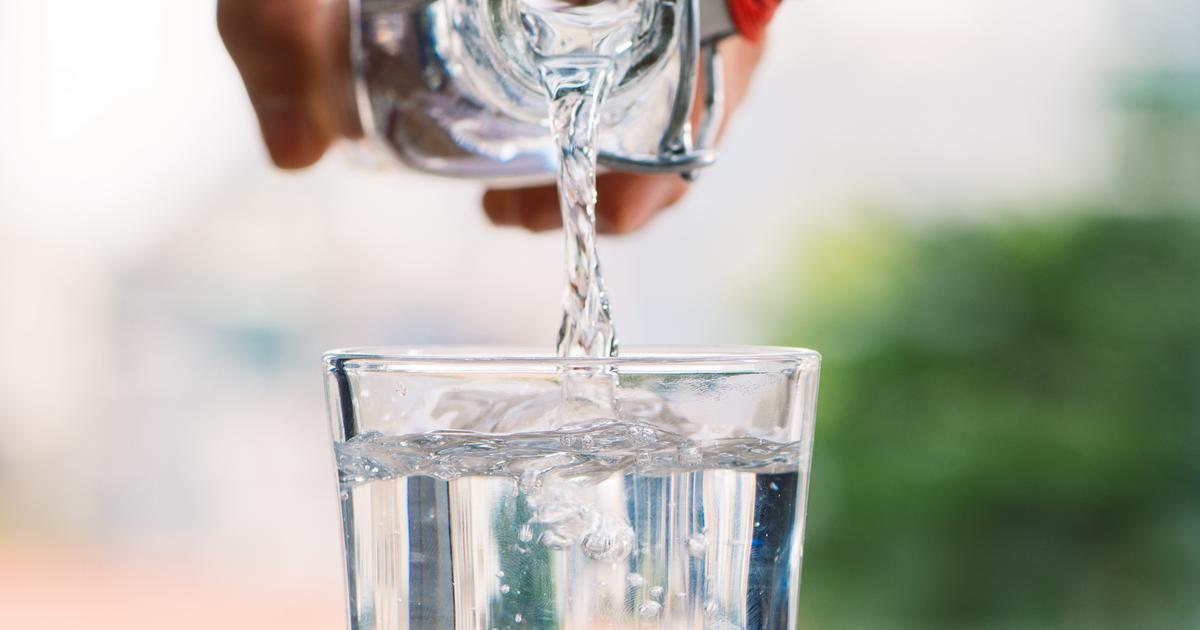
The method used to treat low blood pressure will depend on the underlying cause of the condition. Should hypotension be caused by dehydration, the patient will be given fluids intravenously or advised to drink more fluids. If an individual experiences hypotension due to standing for long periods, they should take extra breaks to sit down. An individual affected by hypotension due to postural changes should avoid standing up rapidly, make slower movements, and gradually stand from a sitting position. Antibiotics are used to treat bacterial infections that can produce hypotension, such as pancreatitis, myocarditis, and septicemia. If a patient's hypotension is caused by their use of certain medications, they can be treated by finding an alternative medication. Blood loss that causes hypotension is treated with blood transfusions and intravenous fluids. Hypotension caused by certain types of bradycardia is treated with the use of an implantable pacemaker.
9. Checking Blood Pressure Outside Of A Doctor's Office
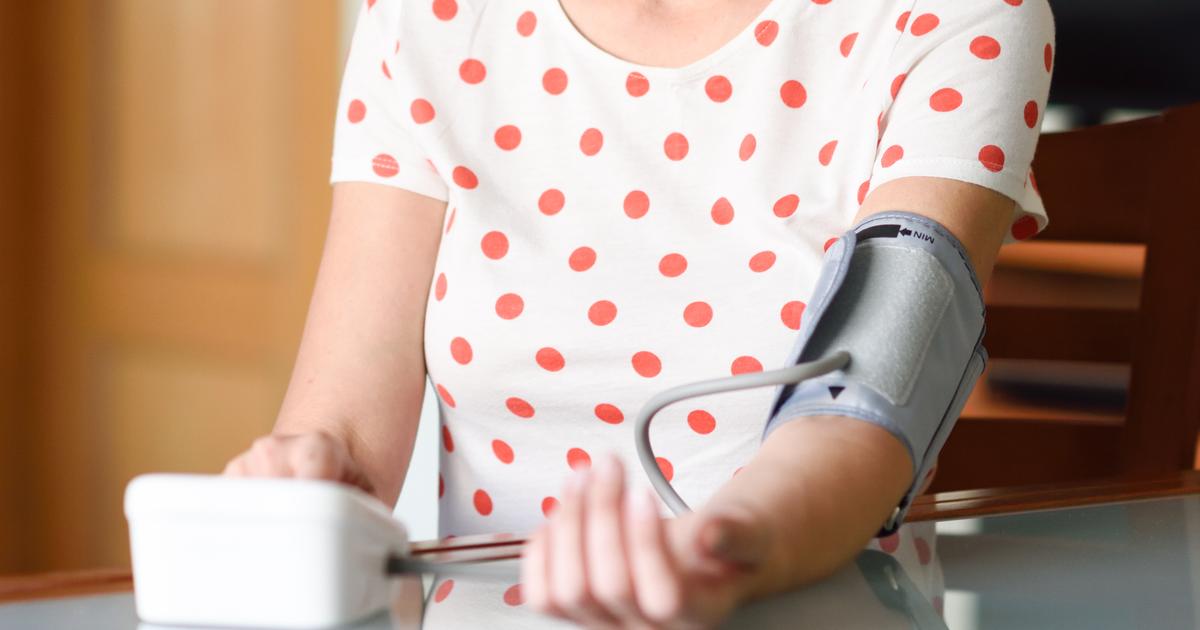
Certain individuals may benefit from checking their blood pressure when they are outside of their doctor's office. At-home blood pressure monitoring can help patients who have been diagnosed with high blood pressure, starting treatment for high blood pressure, have conditions related to or risks associated with high blood pressure, are pregnant, and may have white coat hypertension or masked hypertension. Individuals affected by arrhythmias and atrial fibrillation may not be good candidates for at-home blood pressure monitoring due to the inability of home blood pressure devices to provide an accurate result in these conditions. Some individuals may use public blood pressure machines like those found at pharmacies. Blood pressure readings outside a doctor's office should always be administered on the bare skin and not over any clothing. Patients should be aware it is normal for blood pressure levels to fluctuate.
10. Tips For Accurate Blood Pressure Readings
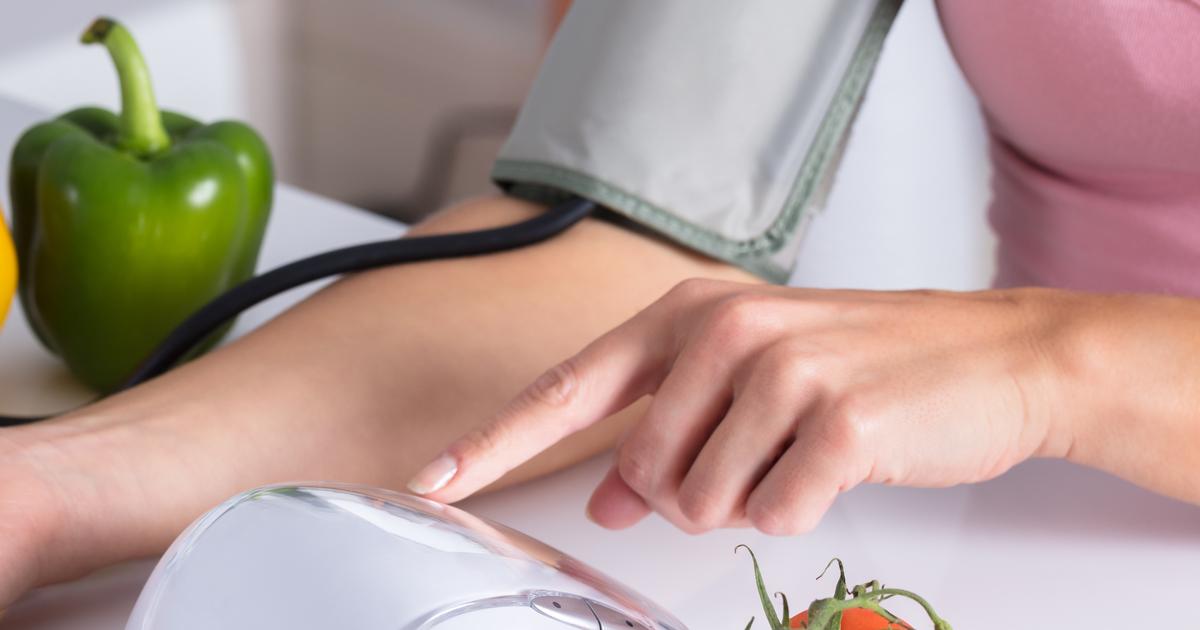
There are several things patients can do to ensure they get an accurate reading outside of their doctor's office. For instance, they should avoid smoking, exercising, and drinking caffeinated beverages within a half-hour of taking a blood pressure reading. Around five minutes of quiet time and rest is recommended before taking a blood pressure reading. Blood pressure should not be taken first thing in the morning. When taking a blood pressure reading, an individual should be sitting upright in a solid chair with both feet planted flat on the ground. Their legs should stay uncrossed, and their arm should be resting on a table or another flat surface at the same level as their heart. The cuff of the blood pressure monitor should be placed just above the bend of their arm. Individuals should take at least three readings at least a minute apart to ensure consistency. Blood pressure readings should be taken around the same time every day to be able to compare the results accurately. Patients should bring their monitor to their doctor's office at least once a year so they can compare the results and ensure they are taking their blood pressure correctly.
11. Morning Surges Can Be Dangerous

Did you know your blood pressure isn’t static throughout the day? It naturally rises and falls in a rhythm influenced by your body’s internal clock, also known as your circadian rhythm. One of the most critical points in this cycle is the “morning surge”—a sharp increase in blood pressure that typically happens between 6 a.m. and noon. For people with high blood pressure or existing cardiovascular risks, this surge can significantly raise the chances of heart attacks, strokes, or other cardiac events. The body releases stress hormones like cortisol upon waking, which constrict blood vessels and increase heart rate, amplifying the surge. Because of this, some doctors recommend taking blood pressure medication at night to help control morning spikes. If you're monitoring your blood pressure at home, it’s smart to check it first thing in the morning—before coffee or activity—to see if you’re experiencing these silent but dangerous surges.
12. White Coat vs. Masked Hypertension

Blood pressure readings can be deceptive, especially when the setting influences the numbers. “White coat hypertension” occurs when a person’s blood pressure rises in a clinical setting due to anxiety but is otherwise normal at home. It’s more common than you might think—and while it may seem harmless, it can still signal an increased risk for developing sustained hypertension down the road. On the flip side, “masked hypertension” is even trickier. This happens when readings appear normal at the doctor’s office but spike during daily life due to stress, poor sleep, or lifestyle factors. Since masked hypertension often goes undetected, it may lead to cardiovascular problems without warning. That’s why home monitoring is so important. Taking your own readings at different times throughout the day and keeping a log can reveal patterns your doctor might miss, allowing for earlier intervention and better control of your heart health.
13. Your Gut Health Might Be Linked

The connection between gut health and blood pressure might seem surprising, but growing research suggests it's real—and potentially powerful. Your gut is home to trillions of bacteria that influence digestion, immunity, and even blood vessel function. A healthy, balanced gut microbiome helps reduce inflammation, improve nutrient absorption, and regulate hormones that affect vascular tone. When the gut becomes imbalanced—due to antibiotics, poor diet, stress, or illness—it can trigger systemic inflammation, which may elevate blood pressure over time. Certain gut microbes even produce byproducts like short-chain fatty acids, which can help relax blood vessels. Eating a fiber-rich diet that includes prebiotics and probiotics supports gut health and may, in turn, help manage your blood pressure. Load up on foods like kefir, yogurt, kimchi, sauerkraut, legumes, garlic, and leafy greens to nurture your microbiome. It’s a simple, natural way to support cardiovascular wellness from the inside out.
14. Certain Pain Relievers Can Raise It

While they’re widely used for everything from headaches to joint pain, nonsteroidal anti-inflammatory drugs (NSAIDs) like ibuprofen and naproxen can actually raise your blood pressure. These medications work by blocking enzymes that produce inflammation, but they also reduce blood flow to the kidneys and cause the body to retain sodium and water—two factors that can increase blood pressure. Even cold and flu medications containing decongestants like pseudoephedrine can raise readings significantly. For those with pre-existing hypertension or at risk for heart disease, regular use of these medications can make blood pressure harder to control and increase the risk of complications. If you rely on these drugs for chronic pain or allergies, it’s crucial to consult your doctor for safer alternatives. Acetaminophen may be a better option in some cases, or your physician may suggest topical treatments, physical therapy, or prescription medications that don’t interfere with your cardiovascular health.
15. Your Sleep Quality Matters More Than You Think

Sleep isn’t just for rest—it’s an essential time for your body to reset and repair. During deep sleep, your heart rate slows, and your blood pressure naturally dips, giving your cardiovascular system a much-needed break. But when sleep is interrupted or poor in quality, that nightly dip doesn’t happen. Instead, your blood pressure can stay elevated through the night and into the next day. Conditions like sleep apnea—where breathing repeatedly stops and starts during sleep—are especially dangerous, as they trigger repeated surges in blood pressure and oxygen deprivation. Over time, this pattern increases the risk of chronic hypertension, heart attacks, stroke, and arrhythmias. Even short sleep duration (less than 6 hours a night) has been linked to elevated blood pressure. Prioritize good sleep hygiene: maintain a regular bedtime, limit screen time before bed, and address any sleep disorders with a healthcare provider. Your blood vessels will thank you.
16. Dehydration Can Cause Fluctuations

When it comes to blood pressure, hydration is often an overlooked factor—but it plays a major role in maintaining stable levels. Your blood is mostly water, and when you’re dehydrated, the volume of blood circulating through your vessels decreases. To compensate, your body constricts blood vessels and increases heart rate, which can lead to higher blood pressure in some people. In others, particularly older adults, dehydration may cause blood pressure to drop suddenly, leading to dizziness and fainting. Either way, the effect can be destabilizing. Factors like heat, physical activity, diuretics, or even a mild illness can lead to subtle dehydration, especially if you’re not drinking enough fluids throughout the day. To support healthy blood pressure, aim to sip water regularly—don’t wait until you feel thirsty. Electrolyte-rich drinks like coconut water can also help maintain fluid balance. Staying hydrated isn’t just good for energy—it’s essential for cardiovascular health.
17. Resistance Training Has Dual Effects

Strength training is a powerful tool in your health toolkit, but when it comes to blood pressure, how you lift matters just as much as what you lift. Moderate resistance training—such as lifting light to moderate weights with good form and controlled breathing—can enhance vascular health, improve insulin sensitivity, and help you maintain a healthy weight, all of which contribute to healthier blood pressure levels. However, lifting heavy weights without proper technique, especially if you hold your breath (a common mistake called the Valsalva maneuver), can cause sudden and dangerous spikes in blood pressure. These spikes may be brief, but for individuals with hypertension or cardiovascular risks, they can be harmful. To make resistance training safe and effective, focus on controlled movements, exhale during exertion, and avoid straining. Pair strength workouts with aerobic exercises for the best of both worlds—and always talk to your doctor before starting a new regimen.
18. Emotional Stress Literally Raises Pressure

The phrase “this is giving me high blood pressure” isn’t just an exaggeration—it’s biological reality. When you experience emotional stress, your body releases stress hormones like cortisol and adrenaline. These chemicals prepare your body for “fight or flight” by increasing your heart rate and narrowing your blood vessels, which causes your blood pressure to rise. While this response is normal in short bursts, chronic stress keeps your body in this heightened state, leading to sustained elevations in blood pressure over time. Long-term stress can also lead to unhealthy coping habits like overeating, drinking, smoking, or avoiding exercise—all of which further raise blood pressure. Fortunately, simple daily habits can help counter this effect. Mindful breathing, meditation, yoga, regular exercise, quality sleep, and creative outlets like journaling, music, or art can all help your nervous system reset. Stress management isn't a luxury—it's a crucial component of heart and blood pressure health.
19. Potassium Is a Game-Changer

When we talk about managing blood pressure, sodium usually steals the spotlight—but potassium is just as vital, and often overlooked. This essential mineral helps balance out the effects of sodium in your body by promoting sodium excretion through urine. It also helps blood vessels relax and dilate, which reduces resistance and lowers blood pressure. Unfortunately, most people don't get enough potassium in their diets. While bananas are the go-to potassium food, there are many better sources. Sweet potatoes, spinach, white beans, avocados, lentils, edamame, and even coconut water are rich in potassium and offer a broader range of nutrients. Aim to get your potassium from whole foods rather than supplements, as too much potassium—especially for people with kidney problems—can be harmful. Increasing your intake gradually through a balanced, plant-forward diet can support overall cardiovascular health and work in harmony with other blood pressure-lowering strategies like reducing salt and staying active.
20. Standing Too Long Can Lower It

Most discussions about blood pressure focus on it being too high—but low blood pressure, or hypotension, deserves attention too. One surprising cause? Standing still for extended periods. When you remain upright without moving, gravity pulls blood into your lower body and legs, making it harder for blood to return to the heart and brain. This can lead to a sudden drop in blood pressure known as orthostatic hypotension. Symptoms include dizziness, blurry vision, nausea, fatigue, and even fainting. This is especially common in older adults, people with certain neurological conditions, or those on medications that affect blood pressure or hydration. If you experience these symptoms, sitting down and elevating your legs can help restore circulation. Staying hydrated, wearing compression socks, and doing light leg movements while standing can also prevent pooling. If low blood pressure happens frequently, it’s important to speak with a healthcare provider to rule out underlying conditions.
21. High Blood Pressure Can Affect Vision

When people think of the consequences of high blood pressure, they usually picture heart attacks or strokes—but your eyes are also at risk. The tiny, delicate blood vessels in your retina can be damaged by prolonged elevated pressure, leading to a condition called hypertensive retinopathy. Early signs may include blurry vision, floaters, headaches, or even sudden vision loss—but many people have no symptoms at all. Over time, the damage can become irreversible. High blood pressure may also contribute to other eye diseases like glaucoma and macular degeneration. Fortunately, early detection can prevent permanent harm. Regular eye exams are crucial, especially if you’ve been diagnosed with hypertension. Eye doctors can often spot signs of high blood pressure during a routine retinal exam—even before other symptoms appear. Maintaining stable blood pressure protects not only your heart and kidneys but also your vision, making it one more reason to stay proactive.
Knowledge Is Power When It Comes to Blood Pressure

Your blood pressure isn’t just a number—it’s a snapshot of how hard your heart is working to keep you alive. Whether it’s slightly elevated or dangerously high, ignoring it can quietly put your heart, brain, kidneys, and even eyesight at risk. But the good news? You have more control than you think. By understanding these 21 must-know facts, you're already taking a huge step toward protecting your health. From what you eat and how you move to how you manage stress and sleep, every small change can have a big impact. Don't wait for a wake-up call at the doctor’s office—track your readings, know your risks, and take charge. Because when it comes to your blood pressure, staying informed isn't just smart—it's life-saving.
